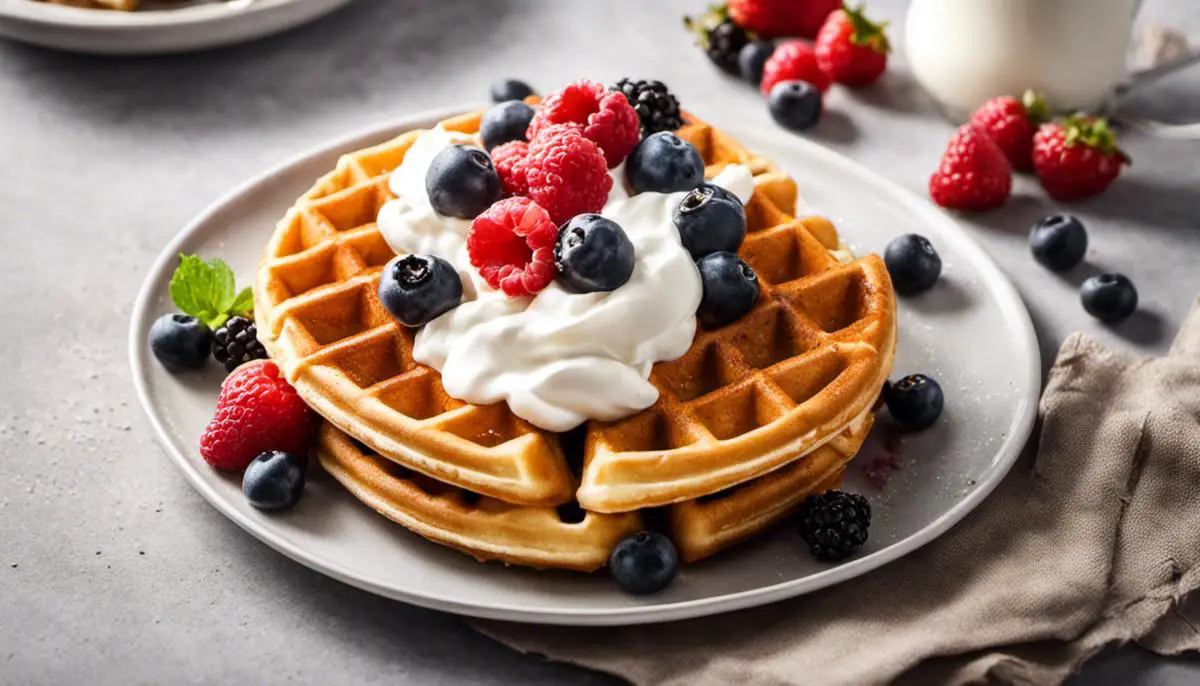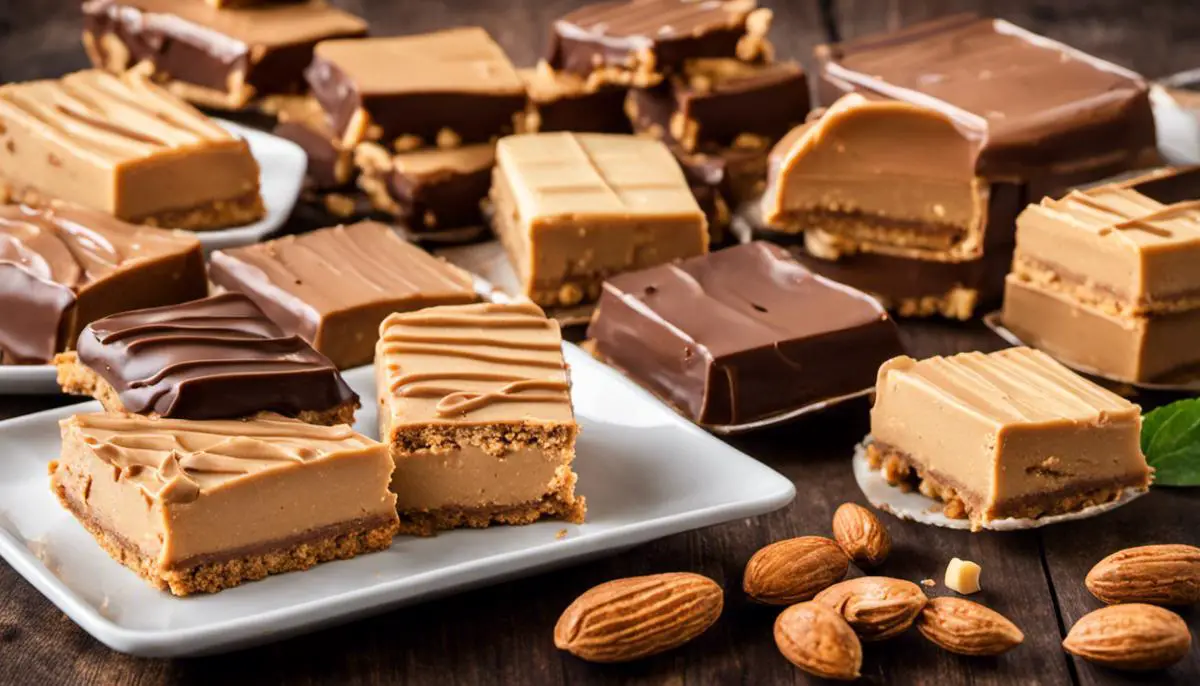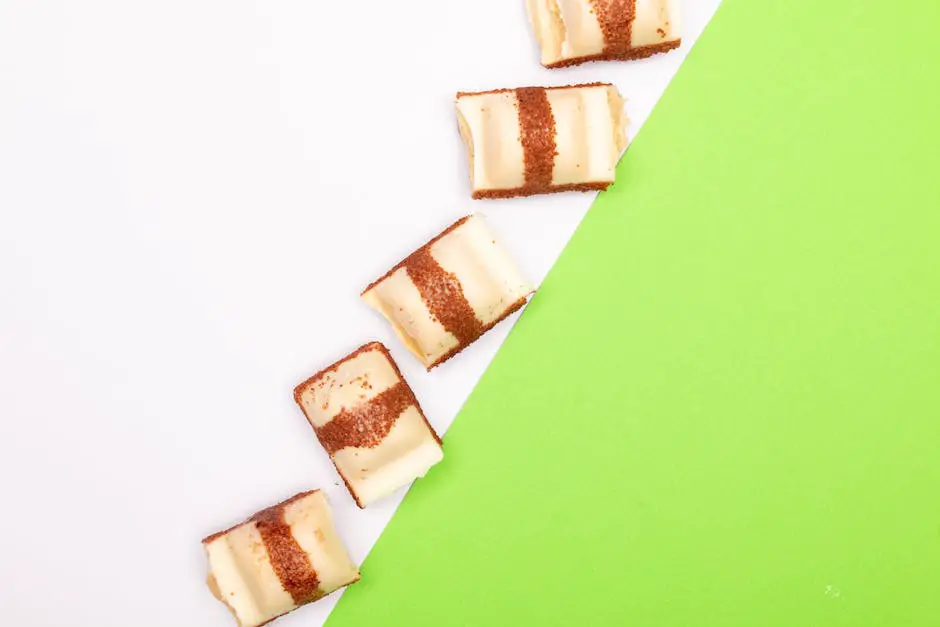Table of Contents
If you’ve ever savored the rich, creamy allure of peanut butter and chocolate melded together in a sweet, delectable dessert, you’ll understand the unending charm of this culinary pair. Exploring the world of chocolate and peanut butter desserts is not simply about the end result, but the journey of understanding and mastering the fundamental techniques involved in baking. This discourse plunges into the depths of basic baking methods including creaming, melting, folding and whisking. It also ponders upon the role of various ingredients in baking, how temperature can influence the taste and texture, and distinguishes between various baking equipment. Beyond this, dedicated sections on peanut butter and chocolate desserts impart an in-depth understanding of the variety, textures and flavors they offer, and guide on how to prepare homemade versions of these basic ingredients.
Understanding Basic Baking Techniques
Understanding Creaming in Baking
Creaming is a baking technique that involves beating together fat, usually butter, and sugar until the mixture is light and fluffy. This process can take several minutes, but it’s crucial for creating a tender texture in cakes and cookies. The agitation causes the sugar to cut into the fat, creating tiny pockets of air. When combined with a leavening agent, these air pockets help the batter rise during baking, producing a light, tender crumb.
The Melting Method
Melting is usually employed when making treats that have a more dense and moist texture like brownies or some types of cookies. It involves gently heating fat — often with chocolate or a liquid sweetener like honey — until it becomes a liquid. Once the fat (and any other ingredients included) has been melted and combined, it is mixed in with the dry ingredients to form the dough or batter. Remember, you need to allow the melted mixture to cool slightly before adding to other ingredients to avoid scrambling eggs or causing other undesired reactions.
Folding and Whisking in Baking
The folding technique is often used when you want to combine ingredients without knocking out the air. Bakers frequently use this method when incorporating whipped egg whites or cream into a heavier mixture. The process involves using a spatula to gently stir and turn over the ingredients, rather than vigorously stirring or beating them together.
Whisking, on the other hand, is used to combine ingredients together and incorporate air. This process is most often used in custards, sabayons, and emulsions, or when beating eggs for omelettes or pancakes. The goal is to get a good amount of air into the mixture, which results in a fluffy and light texture.
The Role of Ingredients in Baking
Every ingredient in a baking recipe plays a specific role. Flour provides the structure; fat, such as butter or oil, adds tenderness and flavor; eggs give moisture and help bind everything together; sugar sweetens and assists in browning, and leavening agents, such as baking powder or baking soda, help the baked goods rise.
The Importance of Temperature in Baking
Temperature can significantly impact your baking outcome. It can affect everything from how the ingredients combine to how the baked goods rise and brown. Too hot, and the outside of your baked good may cook too quickly, leaving the inside undercooked. Too cool, and your baked good may not rise or brown properly. Understanding how your particular oven works – whether it runs hot or cool, or if it has hot spots – can help ensure your baking success.
Different Baking Equipments
Diverse baking equipment serves various purposes. Oven thermometers ensure accurate temperatures. Stand mixers and hand mixers ease the process of creaming and whisking. Rimmed baking sheets and baking pans come in handy for cookies and cakes, respectively, while a Silpat or parchment paper can keep your baked goods from sticking. Pie weights prevent pie crusts from puffing up or shrinking as they bake. Having the right tools can greatly affect your baking experience and the finished products.

Mastering Peanut Butter Desserts
Exploring Peanut Butter Desserts
There is a multitude of peanut butter desserts, each with its distinct flavor and texture. Ranging from the classic cookie to the rich, decadent fudge, there’s a dessert for every peanut butter lover. Let’s explore the main ones.
Peanut Butter Cookies
Peanut butter cookies happen to be one of the simplest yet most delectable desserts to bake. The primary ingredients include peanut butter, flour, sugar, and eggs. The final result is a crispy outside with a soft, chewy inside that packs an intense peanut butter punch. For something unique, try a peanut butter and jelly cookie or even a white chocolate macadamia nut with a pinch of peanut butter.
Peanut Butter Bars
Peanut butter bars are another fan-favorite. Here, peanut butter is made into a soft, crunchy layer that sits atop a bed of chocolate and graham cracker crumbs. The result is a sweet, savory dessert full of varying textures from the crunchiness of the base to the creaminess of the peanut butter.
Peanut Butter Fudge
Lastly, there’s peanut butter fudge. This dessert is a thick, creamy blend of sugar, milk, and of course, peanut butter. It’s often enjoyed during the holiday season and appreciated for its rich, creamy texture and intense peanut butter flavor. Consider adding in chopped peanuts for an added crunch!
Understanding Peanut Butter Varieties
Different types of peanut butter offer various textures and flavors, which can further enhance your dessert experience. Regular peanut butter is the classic choice, providing a savory taste and creamy texture. Crunchy peanut butter adds a surprising bite of texture to cookies and bars. Reduced-fat and low-sodium versions can also be used, although they may contribute less flavor.
If you’re searching for an all-natural choice, opt for natural peanut butter. This rendition has a grittier and less sweet taste, but it’s an excellent option for those watching their sugar intake. Powdered peanut butter may be used as a low-fat, high-protein alternative, although the texture and flavor may be different from traditional peanut butter.
Creating Homemade Peanut Butter
Making homemade peanut butter is a satisfying and straightforward process. All you need are peanuts, salt, and a food processor. Start by roasting two cups of raw, shelled peanuts for about ten minutes at 350 degrees Fahrenheit. Once they’ve cooled, place them in a food processor with a teaspoon of salt and blend until smooth. Depending on your preference, you could add honey for extra sweetness or leave some peanuts chunky for texture.
Conclusion
By familiarizing yourself with various types of peanut butter desserts, understanding the difference in textures and flavors offered by different peanut varieties in the market, and learning how to create homemade peanut butter, you’d have mastered the art of peanut butter desserts. Always remember, the versatility of peanut butter is what truly makes these recipes exciting to experiment with.

Mastering Chocolate Desserts
Understanding the Types of Chocolate
Discover the diverse world of chocolate by understanding the distinct types of chocolate. Broadly speaking, chocolate can be categorized into Dark Chocolate, Milk Chocolate, and White Chocolate. Dark chocolate, ranging from bittersweet to semi-sweet, has the highest cocoa content, usually 70-85%. Milk Chocolate is smoother, creamier, and sweeter due to the addition of milk and less cocoa, typically 10-20%. White Chocolate, on the other hand, contains no cocoa solids at all and is made from cocoa butter, milk, and sugar. Each chocolate type brings a different level of sweetness, richness, and texture to your desserts.
Mastering Chocolate Melting
The melting of chocolate must be done carefully to avoid the formation of lumpy or burnt chocolate. Start with chopping your chocolate into small even pieces for uniform melting. There are two common methods for melting chocolate: direct heat method and double boiler method. In the direct heat method, place your chocolate in a pan over very low heat, stirring continuously until smooth. In the double boiler method, put the chocolate in a heatproof bowl and set it atop a pot of gently simmering water. Make sure the water does not touch the bottom of the bowl. Stir continuously until the chocolate is smooth and glossy.
Tempering Chocolate
Mastering the art of tempering can take your chocolate-based desserts to the next level. Tempering involves heating and cooling chocolate to a specific temperature to stabilize it, resulting in a shiny finish and a smooth texture. Begin by melting two-thirds of the chocolate. Once melted, remove from the heat and add in the remaining one-third of the chocolate, stirring until melted. Check the temperature with a candy or digital thermometer for precision. Dark chocolate should be heated up to 120˚F and then cooled to 82˚F, Milk chocolate heated to 115˚F and cooled to 80˚F, and White chocolate heated to 110˚F and cooled to 77˚F.
Homemade Chocolate
Making homemade chocolate provides control over the quality and flavor of the chocolate. Melt cocoa butter in a double boiler, then mix in cocoa powder, a sweetener like powdered sugar, and any flavorings you want, such as vanilla extract or sea salt. Pour the chocolate mixture into a mold and let it set in the fridge until it hardens.
Exploring Chocolate Desserts
Now that you’ve mastered these techniques, explore the world of chocolate desserts. Consider classic recipes like Chocolate Mousse, Chocolate Tart, or Chocolate Truffles, using your homemade chocolate. For a twist, use different types of chocolate in one dessert like a Triple Chocolate Cake, which uses dark, milk, and white chocolate. And don’t forget peanut butter! Peanut butter pairs beautifully with chocolate. Try a Peanut Butter Chocolate Brownie or a Peanut Butter Cup stuffed cookies, where the sweetness of the chocolate balances the richness and saltiness of peanut butter. Experiment with different combinations and flavors to create your unique chocolate dessert masterpieces.

Navigating through the realm of peanut butter and chocolate desserts requires a grasp on basic baking techniques and an understanding of how different flavor profiles work together to create a delightful treat. Our exploration has shed light on the many variables that can influence a dessert’s success, from the type of peanut butter or chocolate used, to the temperature at which it is baked. More so, we’ve learned how to take control of these aspects, offering the freedom to explore, create, and most importantly, indulge in the rich, satisfying results. So, with this newfound knowledge, go forth and conquer the world of baking! Remember, every mistake is an opportunity to learn, and every success, a sweet reward indeed.

